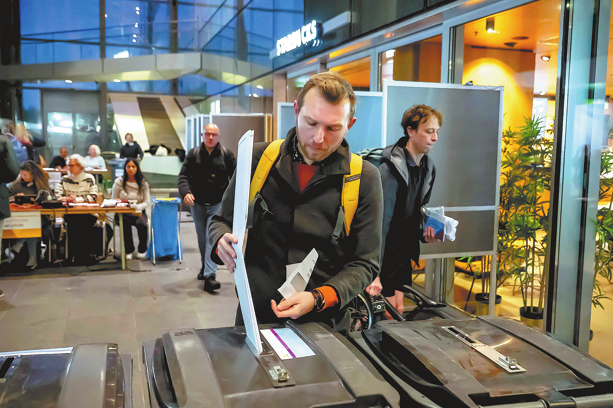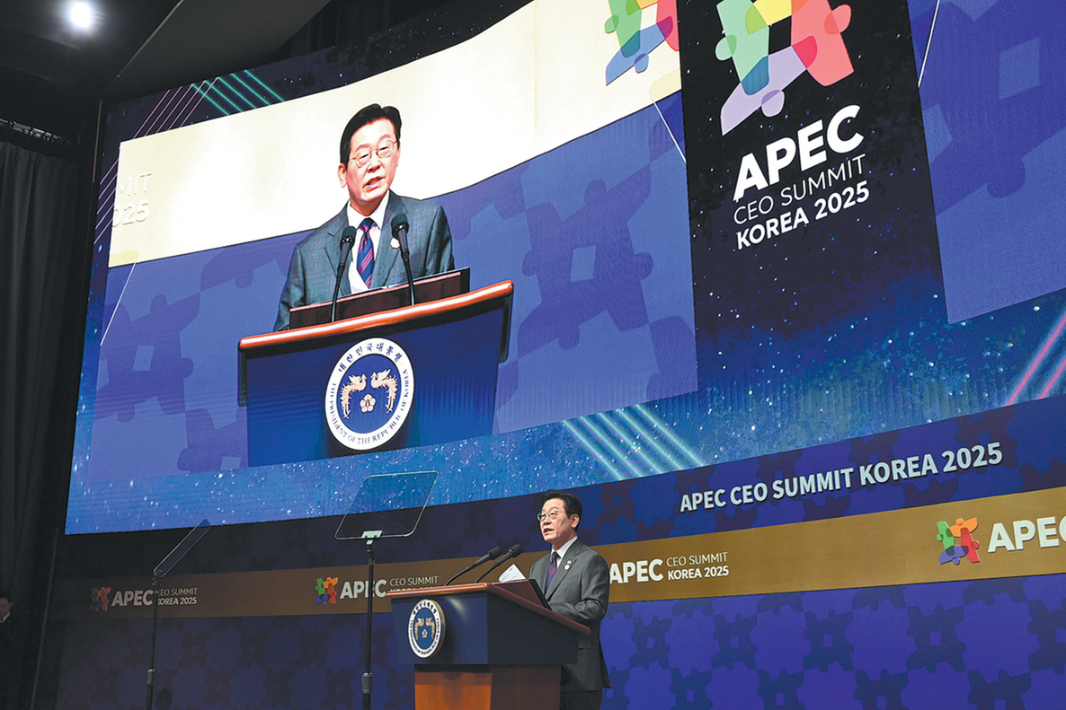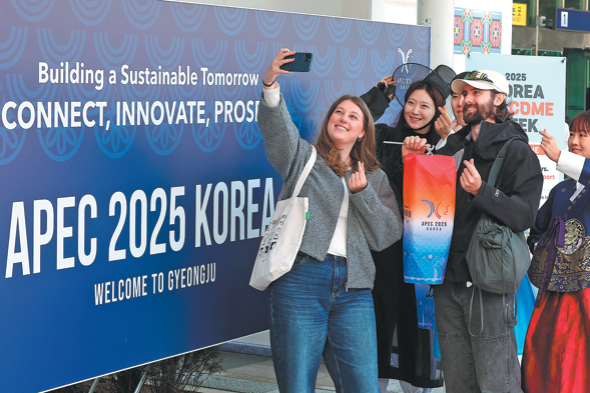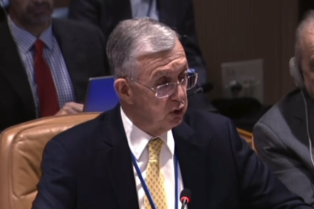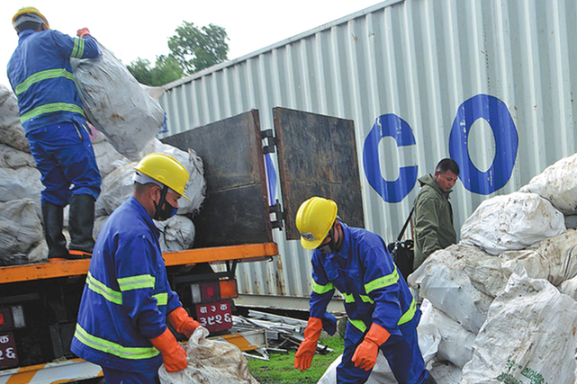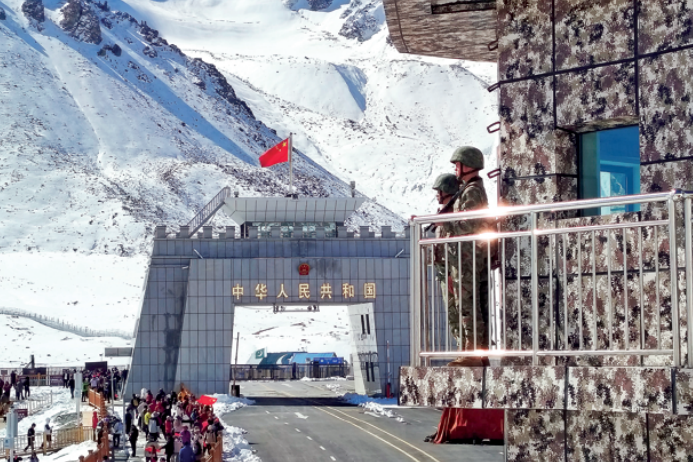China, APEC must pursue openness, cooperation

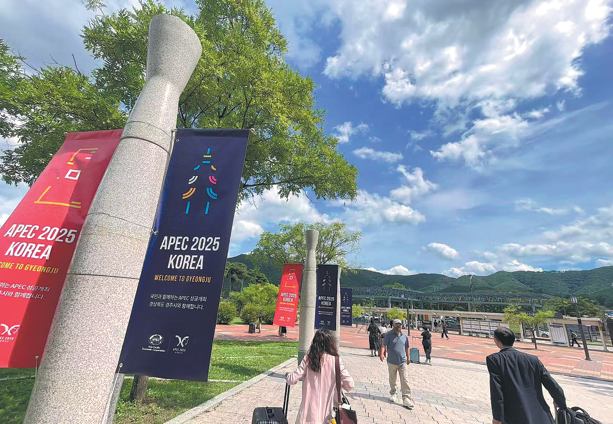
China and the Asia-Pacific Economic Cooperation forum share much in common.
Forty-seven years ago, China's economic reform program was founded on the principles of openness and step-by-step, pragmatic integration within regional and global supply chains.
The "big bang" approach to reform was eschewed and pro-reform constituencies were cultivated to ensure that the consensus for reform was broad, deep and durable.
Just as important, the correct balance between top-down management and bottom-up local initiative was fostered and embedded in historical patterns of growth and development, which prevented patronage-based capture of the system.
Thirty-six years ago, APEC was similarly founded on the principles of trade openness, equality and step-by-step, pragmatic cooperation based on consensus-building and voluntary participation.
APEC's architects were conscious of the region's diversity; a one-size-fits-all economic framework would not suffice.
A variable geometry of step-by-step but sustained approaches to cooperation that eschewed binding obligations and deferred to local sensibilities was instituted.
In time, the approach would come to be known as "concerted liberalization".
Just as important, APEC's architects were sensitive to the need for region-wide arrangements to complement — not detract from or substitute for — the multilateral trading system. Their commitment to "open regionalism" is widely admired today.
In sum, the structural and institutional edifice of reform visualized by its architects in both China and APEC was crafted in the image of national complexity and regional diversity, respectively, and its colors tied to the mast of economic interdependence and trade multilateralism.
Together, APEC and China have rewritten regional history. APEC anchored China's opening-up in the 1990s, with Beijing committing to steep tariff cuts at the 1995 Osaka APEC meeting on the way to its World Trade Organization accession six years later, which was the biggest coming-out party in the history of development. Reciprocally, APEC's relevance and vitality have been anchored by China's meteoric international economic rise. Today, China is the world's largest economy (measured in purchasing power parity terms) and the Asia-Pacific region the world's most dynamic and interconnected regional economy.
For all the progress that has been achieved, it is undeniable that global order and trade multilateralism in the Asia-Pacific are facing their greatest challenge since the inception of China's reform and opening-up program as well as the birth of APEC. The ill winds of economic nationalism, trade protectionism and political populism have never blown harder.
The next three decades of Asia-Pacific cooperation will be more challenging than the previous three. For a region that has been the prime beneficiary of the WTO and Bretton Woods institutions-centered order and its political and legal underpinnings, it now falls on the broad shoulders of China and APEC to defend the principles of trade multilateralism and regional development.
First, China and the region must redouble their commitment to the APEC's Putrajaya Vision 2040 of delivering the world's most open, fair, nondiscriminatory, transparent and predictable trade and investment environment. From supply chain connectivity frameworks to investment facilitation to deepened trade liberalization, APEC must remain the global leader par excellence. Regarding the technologies of tomorrow in particular, APEC must continue to blaze the policy trail. The organization had helped frame the Information Technology Agreement in the mid-1990s at the onset of the digital age, and APEC today must deepen rule-writing on digital goods and services liberalization. Just as much, APEC must play a leadership role in transforming the Asia-Pacific region into the most dynamic and interconnected area for production and trade in environmental goods and services.
Second, China and APEC must work overtime to prevent the erosion of global order on bloc-based lines. Exclusive economic bloc-building, it should be remembered, had served as the antechamber to the onset of World War II. APEC is that rare region-wide organization that counts both China and the United States as its members. As Peter Drysdale, the Australian economist and key architect of APEC, has memorably noted, the US and China "both have skin in the APEC game. The setting in which they must deal is multilateral, and their dealings are on full display to all other 19 members". APEC must press this advantage by flexibly locking the US — notwithstanding the quality of its leadership today — within its institutional processes, including through its work on the Free Trade Area of the Asia-Pacific, or FTAAP, agenda. Seeking common ground while shelving differences, as President Xi Jinping has noted on many occasions, remains the best practice of Asia-Pacific cooperation.
Finally, China and APEC must reach beyond their trade and investment liberalization comfort zone and introduce a transpacific economic rebalancing work program within the organization's remit. APEC's two major economies, China and the US, are mirror images in terms of domestic macroeconomic imbalances. China needs to take credible steps to boost domestic demand as a share of GDP over the next half-decade. Just as urgently, the US needs to credibly winnow down its fiscal deficit as a share of GDP. Furthermore, a coordinated adjustment of exchange rates featuring the US dollar and key Asian trading currencies — the renminbi, Japanese yen, South Korean won and Vietnamese dong — should be explored. Structural misvaluation of currencies has historically been a harbinger of protectionist backlash and, more recently, of financial stability risks. APEC, as a platform of surplus and deficit economies, is ideally placed to manage this risk.
Thirty-six years ago, at the inaugural APEC Ministerial Meeting in Canberra, it was the widely expressed sentiment that preserving and improving the multilateral system was key to the continuing economic success of the region, and that this success benefited not just the region but the entire world. That sentiment remains just as applicable for the next 36 years.
The author is a senior fellow at the Institute for China-America Studies in Washington, DC.
The views do not necessarily reflect those of China Daily.

















